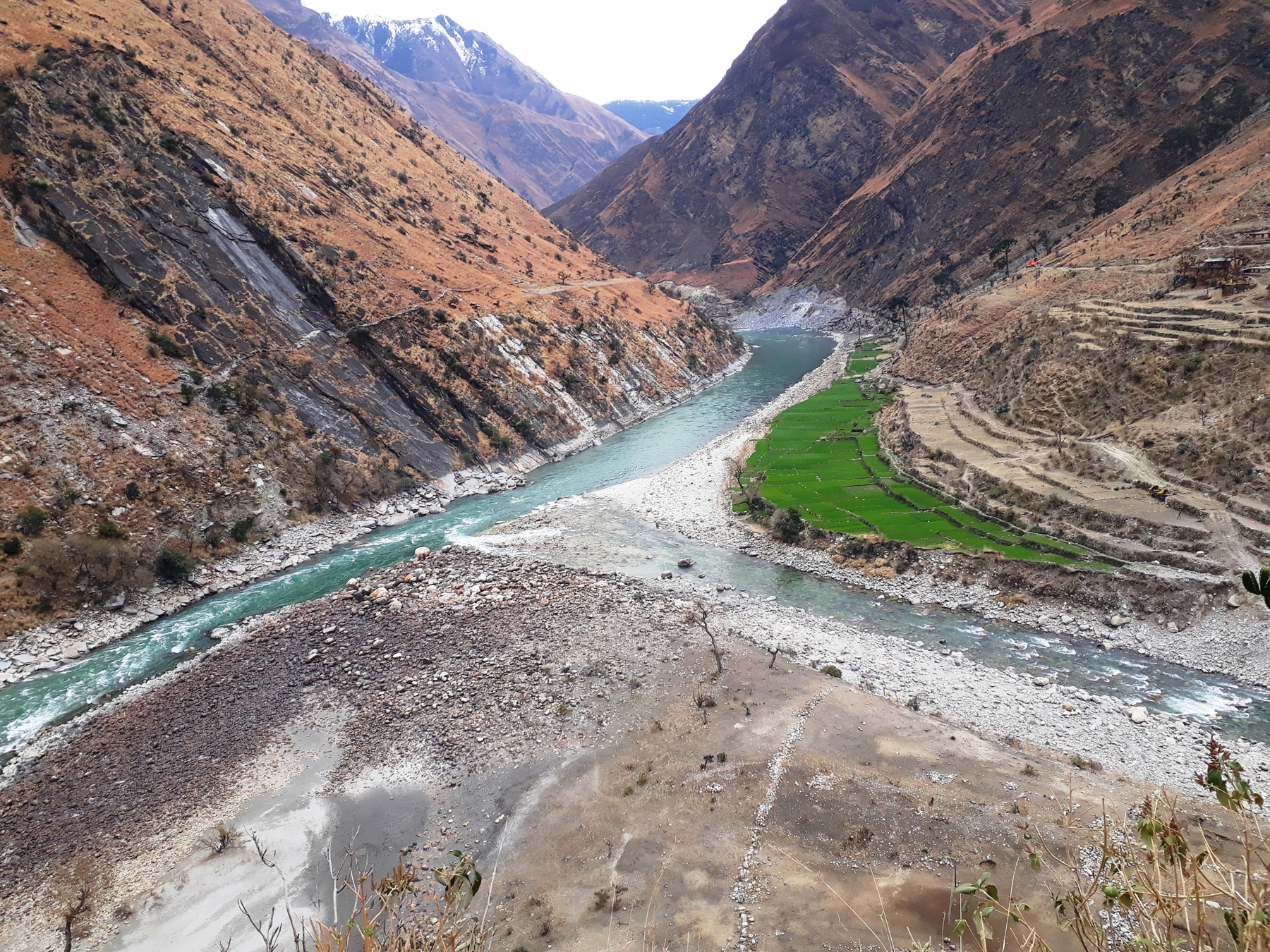Ownership, jurisdiction of rivers to be divided
Kathmandu, March 12
The government is preparing to provide ownership and jurisdiction of water resources between the federal, provincial and local governments.
The proposed Water Resources Policy prepared by the Ministry of Energy, Water Resources and Irrigation states that the jurisdiction of water resources will be made clear for all three levels of government.
The proposal states that jurisdiction will be assigned based on the size of the water resources.
The policy proposes the ownership of international rivers and those along the borders will lie with the federal government. Similarly, the centre will have jurisdiction over large rivers and ponds, and rivers flowing through more than one province.
The provincial governments will be responsible for medium size rivers, lakes, ponds and wetlands, and rivers flowing through more than one local level.
Similarly, rivers, ponds and wetlands of smaller nature will be under the jurisdiction of the local governments.
The policy also mentions that underground water sources in the Terai region will fall under the joint ownership of all three levels of government and that the underground water source of the hills and inner Madhes area will be under the joint control of the provincial and local governments.
Moreover, ministerial-level and secretarial-level committees will be formed by both central and provincial governments to coordinate and cooperate to manage the water resources. The policy has also clarified that the income from commercial use of water resources, as provided by the constitution, will be distributed among concerned bodies and communities as per law.
However, if there is any dispute regarding water resources between local levels and provincial levels, the local level representatives will be called for discussions at the aforementioned committees.
Similarly, the government has proposed to include a curriculum related to water resources from the school level to university level. “The importance of water resources, inevitability, utilisation, conservation and regulation will be included in teaching courses from school level to university level,” the policy states.
The Water Resources Policy has also set priority of water resources based on their utilisation.
The policy has put drinking water and domestic use at the number one priority.
Similarly, irrigation, livestock and fisheries; hydropower; industrial and mineral utilisation; and water transportation have been put in the second, third, fourth and fifth priorities, respectively.
Likewise, religious, cultural and environmental protection has been placed in the sixth priority, amusement and tourism in the seventh and other uses in the eighth.
The policy also states that while constructing physical infrastructure for projects like irrigation, hydropower and food processing that require the use of water resources, then such projects have to make sure that the natural flow of water is not obstructed if it is going to affect aquaculture and wildlife.
Minister for Energy, Water Resources and Irrigation, Barsha Man Pun, informed that the ministry is about to finalise the draft policy. He said the technical and linguistic aspects of the draft would be corrected and passed by the Cabinet soon. He also said that provincial and local governments should formulate a policy based on Water Resources Policy of federal government, so it can be revised if needed.






